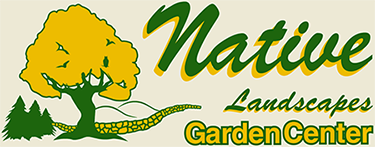Early European explorers, some of the first white men to land on the shores of eastern North America back in the 1400s, told documented stories of a pristine wilderness like no other in the Northern Hemisphere. Back then the “New World” was wild and beautiful.
Manahatta is what the Native Americans call Manhattan. Manhattan Island, five hundred years ago, had over fifty-five different ecosystems. It was a wilderness that contained diversified landscapes featuring everything from tidal pools along the Hudson River to ancient upland hardwood forests.
Brooklyn, a Dutch word meaning marshland, was a maze of waterways and early trappers tell stories of trapping beaver the size of small bear. Long Island is where the last glacier terminated. The north shore of the island is a rocky coast line similar to what can be found on the adjacent Connecticut shore. The south shore of Long Island and the adjacent Barrier Islands, is an outwash plain with a unique pine barren ecosystem only found on Long Island, Cape Cod and southern New Jersey. The New Jersey meadowlands are one of the largest wetlands on the east coast. It is a resting and feeding area for water fowl during their spring and fall migration.
The Hudson and Harlem Valley regions were a mountain wilderness that featured wild bear, wolf, eastern cougar, moose, passenger pigeon, heath hen, rattlesnake, tree frogs and bog turtles to name a few. There were also eastern buffalo in the Mohawk Valley of upstate New York.
A feature of this region was “The Great American Eastern Forest,” an endless forest that greeted the first European explorers. This ancient forest stretched from Maine to Florida and as far west as the Great Plains. These woods contained some of the largest stands of trees in the world. These old growth forests had individual trees and some groves with specimens up to twelve foot in diameter and over two-hundred feet tall. Noteworthy white pine groves could be found in eastern Maine, together with hemlock gorges in the Hudson Highlands, chestnut trees in the Berkshires and oak as far south as Georgia.
These trees along with native understory shrubs, perennials, vines and ground covers were the most bio-diverse, temperate region of the planet. Early settlers wrote of the wooded landscape smelling alive, fresh and clean when it was being explored by early Europeans.
Fast forward five-hundred years later, all but one percent of the Great American Eastern Old Growth Forests remains. A majority of these living specimens can be found today in isolated, hard-to-get-to areas of The Adirondacks, where poor access saved these trees from the ax.
From an early age, I was taught the important symbiotic relationship that exists between native plants, insects and birds. I learned how they depend on one another to survive in the natural world, and how their relationship can teach us to design and build a living landscape around our home and in our gardens.
The native landscapes we create on our land, can be the building blocks of local ecosystem regeneration to help create a healthier outdoor environment for us and the local wildlife. It starts by getting familiar with our localized natural history.
What’s growing in your yard these days?
Pete and the Natives
Native Landscaping.net
